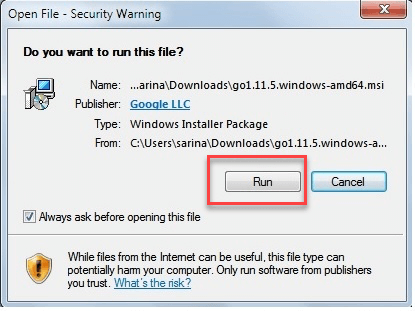Constants refer to fixed values that the program may not alter during its execution. These fixed values are also called literals.
Constants can be of any of the basic data types like an integer constant, a floating constant, a character constant, or a string literal. There are also enumeration constants as well.
Constants are treated just like regular variables except that their values cannot be modified after their definition.
Integer Literals
An integer literal can be a decimal, octal, or hexadecimal constant. A prefix specifies the base or radix: 0x or 0X for hexadecimal, 0 for octal, and nothing for decimal.
An integer literal can also have a suffix that is a combination of U and L, for unsigned and long, respectively. The suffix can be uppercase or lowercase and can be in any order.
Here are some examples of integer literals −
212 /* Legal */ 215u /* Legal */ 0xFeeL /* Legal */ 078 /* Illegal: 8 is not an octal digit */ 032UU /* Illegal: cannot repeat a suffix */
Following are other examples of various type of Integer literals −
85 /* decimal */ 0213 /* octal */ 0x4b /* hexadecimal */ 30 /* int */ 30u /* unsigned int */ 30l /* long */ 30ul /* unsigned long */
Floating-point Literals
A floating-point literal has an integer part, a decimal point, a fractional part, and an exponent part. You can represent floating point literals either in decimal form or exponential form.
While representing using decimal form, you must include the decimal point, the exponent, or both and while representing using exponential form, you must include the integer part, the fractional part, or both. The signed exponent is introduced by e or E.
Here are some examples of floating-point literals −
3.14159 /* Legal */ 314159E-5L /* Legal */ 510E /* Illegal: incomplete exponent */ 210f /* Illegal: no decimal or exponent */ .e55 /* Illegal: missing integer or fraction */
Escape Sequence
When certain characters are preceded by a backslash, they will have a special meaning in Go. These are known as Escape Sequence codes which are used to represent newline (\n), tab (\t), backspace, etc. Here, you have a list of some of such escape sequence codes −
| Escape sequence | Meaning |
|---|---|
| \\ | \ character |
| \' | ' character |
| \" | " character |
| \? | ? character |
| \a | Alert or bell |
| \b | Backspace |
| \f | Form feed |
| \n | Newline |
| \r | Carriage return |
| \t | Horizontal tab |
| \v | Vertical tab |
| \ooo | Octal number of one to three digits |
| \xhh . . . | Hexadecimal number of one or more digits |
The following example shows how to use \t in a program −
package main import "fmt" func main() { fmt.Printf("Hello\tWorld!") }
When the above code is compiled and executed, it produces the following result −
Hello World!
String Literals in Go
String literals or constants are enclosed in double quotes "". A string contains characters that are similar to character literals: plain characters, escape sequences, and universal characters.
You can break a long line into multiple lines using string literals and separating them using whitespaces.
Here are some examples of string literals. All the three forms are identical strings.
"hello, dear" "hello, \ dear" "hello, " "d" "ear"
The const Keyword
You can use const prefix to declare constants with a specific type as follows −
const variable type = value;
The following example shows how to use the const keyword −
package main import "fmt" func main() { const LENGTH int = 10 const WIDTH int = 5 var area int area = LENGTH * WIDTH fmt.Printf("value of area : %d", area) }
When the above code is compiled and executed, it produces the following result −
value of area : 50
Note that it is a good programming practice to define constants in CAPITALS.





